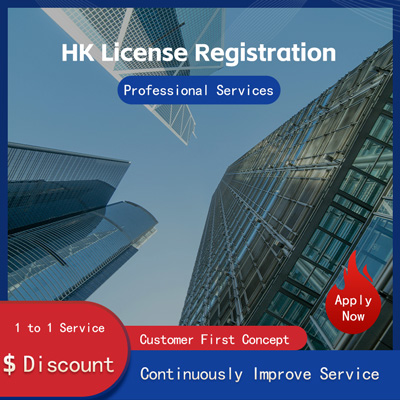
Factors Constraining the Transformation of Traditional Warehouses to Automated Warehouses?
What Factors Constrain the Transition from Traditional Warehouses to Automated Warehouses?
With the advancement of technology, automated warehouses have become a development trend in the warehousing industry. However, the transition from traditional warehouses to automated ones is not an easy task and is constrained by many factors. This article will analyze these constraints based on recent news and explore ways to overcome these obstacles.

I. Technological Level
The realization of automated warehouses depends on advanced technical support. Although the application of artificial intelligence, the Internet of Things, robotics technology, and other fields in the warehousing sector has gradually increased, overall technological levels still have certain limitations. First, existing technologies have limited adaptability to complex environments; environmental factors such as high temperatures, low temperatures, humidity, and dust can affect the performance of automated equipment. Second, some technologies are not yet mature, such as robot navigation and cargo recognition, leading to insufficient operational stability in automated warehouses.
II. Cost Investment
Building an automated warehouse requires significant financial investment, including costs for equipment procurement, system development, and personnel training. Compared with traditional warehouses, automated warehouses have higher initial investment costs, and maintenance costs should not be overlooked. Due to the long construction cycle of automated warehouses, enterprises need to balance investment returns with costs.
III. Personnel Quality
The implementation of automated warehouses relies on professional talent support. Automated warehouses require talents skilled in robot operation, cargo recognition, and system integration. However, the current talent reserve in the warehousing industry is insufficient, and some practitioners lack relevant skills and knowledge, making it difficult to meet the demands of automated warehouses. Enterprises need to increase their investment in talent development to enhance the quality and skill levels of workers.
IV. Logistics Management
The successful implementation of automated warehouses also requires support from logistics management. Traditional warehouse operations often rely on manual management, while automated warehouses depend on systems for automated scheduling and decision-making. This requires enterprises to change their original logistics management models, strengthen information construction, and improve the timeliness and accuracy of information transmission.
In summary, the transition from traditional warehouses to automated warehouses is constrained by factors such as technological level, cost investment, personnel quality, and logistics management. To overcome these obstacles, enterprises should take the following approaches
First, increase research and development efforts to improve the adaptability and stability of automated warehouses. Enterprises should actively cooperate with research institutions, introduce advanced technologies and equipment, and strengthen self-research capabilities to meet the needs of different environments and goods.
Second, plan investments reasonably and balance costs with returns. Enterprises should develop reasonable investment plans based on their actual situations to ensure that they achieve corresponding returns while reducing costs.
Third, strengthen talent development and improve the quality and skill levels of workers. Enterprises should increase investment in talent development, establish sound talent cultivation mechanisms, and provide talent guarantees for the construction of automated warehouses.
Fourth, optimize logistics management and strengthen information construction. Enterprises should change traditional logistics management models, strengthen information construction, improve the timeliness and accuracy of information transmission, and at the same time strengthen cooperation with logistics service providers to improve logistics efficiency and service quality.
In conclusion, the transition from traditional warehouses to automated warehouses is a complex process that requires enterprises to address multiple aspects and overcome various constraints to achieve the transformation and upgrading of the warehousing industry. With continuous technological advancements and increasing market demand, automated warehouses will undoubtedly become the development trend of the warehousing industry, providing enterprises with more efficient, convenient, and intelligent warehousing management methods.
Helpful (0)
No help (0)
Still have questions after reading? More than 98,000 users have contacted us. Please fill in the following information to obtain business information.

Previous Article
Cross-Border Shopping Clearance Specific Steps to Legally and Reasonably Reduce Costs
Jun 18, 2025Service Scope
MoreRecommended for You
- Overseas Influencer Blacklist Lookup Guide 2 Tools to Help You Avoid Risks
- What Is TK123? The Must-Have Tool for TikTok Sellers
- How to Use Facebook Dynamic Ads Campaigns? A Guide to Creating Dynamic Ads
- Optimizing Sales Strategies for the Back-to-School Season in Overseas Student Markets
- Japan E-commerce Market Analysis and Keyword Research Tool Recommendations
- What Is the Amazon High Return Rate Tag? How to Avoid Being Tagged?
- Amazon Marketing Platform Levanta Analysis
- Amazon Low-Price Store Product Search Guide
- A Comparative Analysis of KOLs and KOCs in Overseas Influencer Marketing
- How Can MercadoLibre Sellers Achieve Explosive Sales Growth?
- Top 10 eBay Data Analysis Tools Recommended
- Common Japanese Search Engines Abbreviated List
- Ozon Russia E-commerce Platform Entry Requirements Analysis
- How to Run Google Shopping Ads for Independent Websites? Detailed Step-by-Step Analysis
- The Future of Amazon Prime Day 2025 Amazon Sale Event Dates
- 2025 LinkedIn Ads Guide Full Process Analysis Optimization Tips
- Etsy Platform Intro, Seller Onboarding Fee Breakdown
- Process for Establishing a Local Mexican Store on Mercado Libre Mexico
- How to Apply EU Rep Label?
- EU GPSR Overview and Its Impact on Exporting Goods to the EU


 ONE
ONE
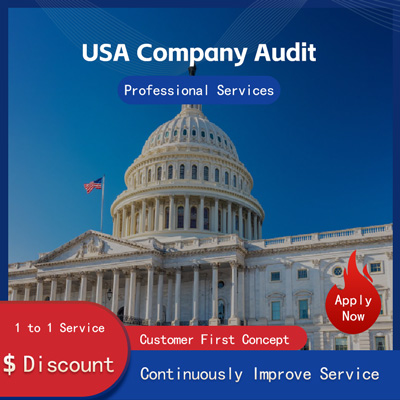
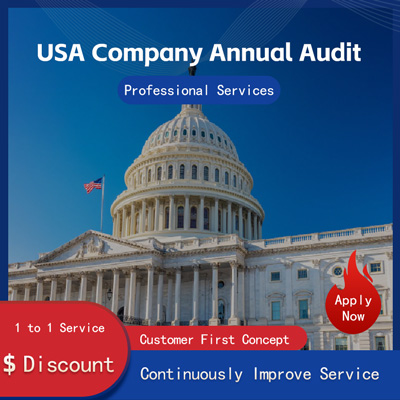

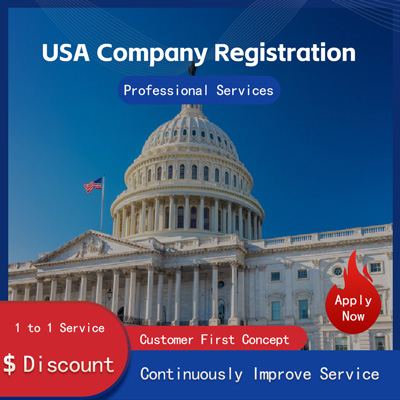
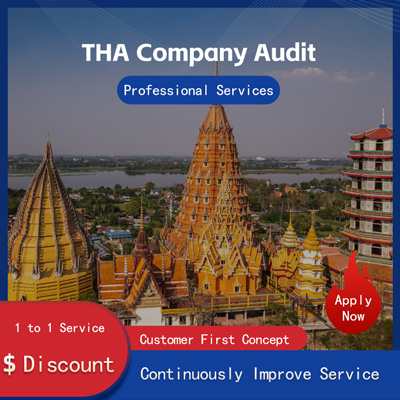
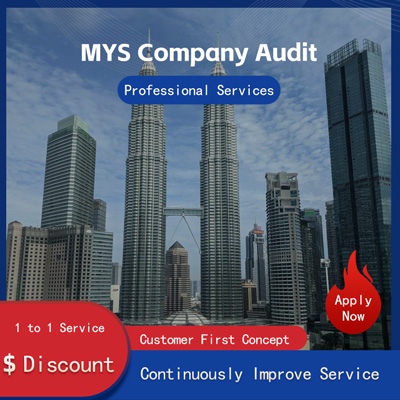
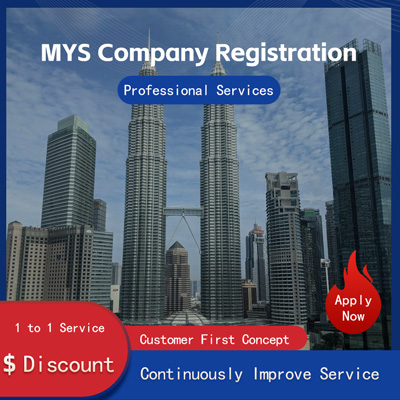
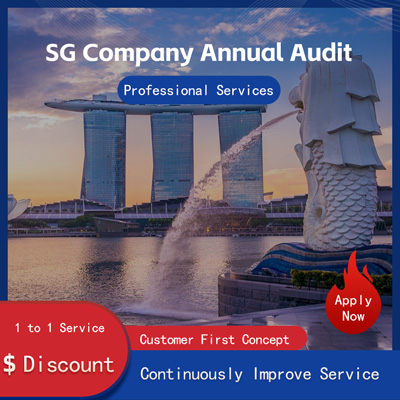
Customer Reviews
Small *** Table
December 12, 2024The experience was very good. I was still struggling to compare it with other companies. I went to the site a few days ago and wanted to implement it as soon as possible. I didn't expect that everything exceeded my expectations. The company is very large, with several hundred square meters. The employees are also dedicated and responsible. There is also a wall of certificates. I placed an order on the spot. It turned out that I did not make a wrong choice. The company's service attitude is very good and professional. The person who contacted me explained various things in detail in advance. After placing the order, the follow-up was also very timely, and they took the initiative to report the progress to me. In short, I am very satisfied and recommend this company!
Lin *** e
December 18, 2024When I first consulted customer service, they recommended an agent to me. They were very professional and patient and provided excellent service. They answered my questions as they came in. This 2-to-1 service model is very thoughtful. I had a lot of questions that I didn’t understand, and it’s not easy to register a company in Hong Kong. Fortunately, I have you.
t *** 7
December 19, 2024I originally thought that they only did mainland business, but I didn’t expect that they had been doing Hong Kong business and were doing very well. After the on-site interview, I decided to ask them to arrange the registration of my Hong Kong company. They helped me complete it very quickly and provided all the necessary information. The efficiency was awesome. It turns out that professional things should be done by professionals.👍
b *** 5
December 16, 2024In order to register a company in Hong Kong, I compared many platforms and stores and finally chose this store. The merchant said that they have been operating offline for more than 10 years and are indeed an old team of corporate services. The efficiency is first-class, and the customer service is also very professional.